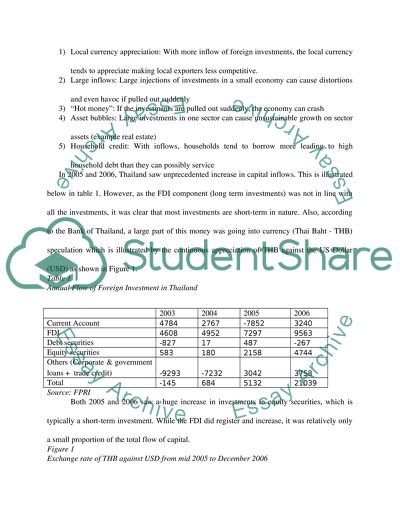Cite this document
(“International Finance Course project Research Paper”, n.d.)
Retrieved from https://studentshare.org/military/1422808-international-finance-course-project
Retrieved from https://studentshare.org/military/1422808-international-finance-course-project
(International Finance Course Project Research Paper)
https://studentshare.org/military/1422808-international-finance-course-project.
https://studentshare.org/military/1422808-international-finance-course-project.
“International Finance Course Project Research Paper”, n.d. https://studentshare.org/military/1422808-international-finance-course-project.


